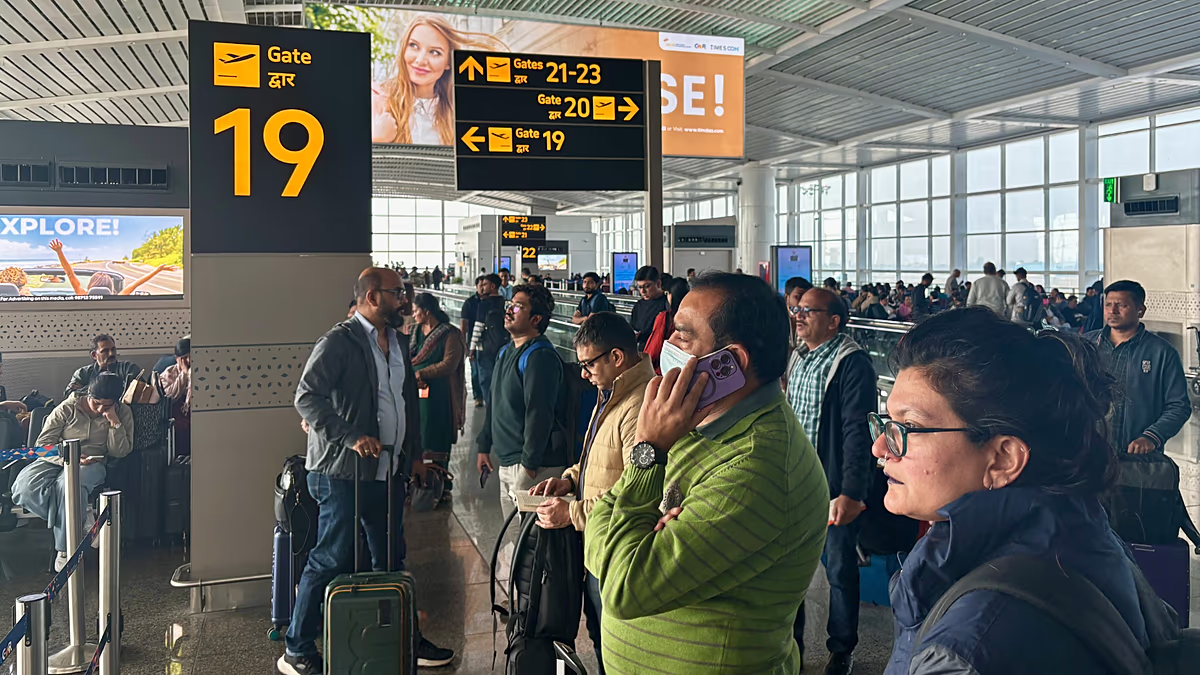A Journey Through the Faroe Islands
The Faroe Islands present a dramatic introduction to visitors from the moment they arrive. Wind that seems to have a personality of its own—sometimes playful, often fierce—greets you like an overzealous host. These remote islands, suspended between Iceland and Norway in the North Atlantic, offer an experience that’s simultaneously challenging and rewarding. As you navigate narrow paths along dizzying cliffs that plunge hundreds of feet into churning seas below, you might witness the surreal sight of sheep appearing to fall from the sky as they navigate steep gradients that humans would find treacherous. This archipelago demands respect and caution from its visitors, turning even simple walks into adventures that quicken the pulse and sharpen the senses.
The landscape of the Faroes defies easy description, blending elements that seem borrowed from fantasy novels. Emerald plateaus end abruptly at vertical sea cliffs where thousands of seabirds create living, moving tapestries against ancient basalt. Waterfalls appear to flow upward when particularly strong winds catch their streams, sending water back to the heavens in defiance of gravity. Weather here doesn’t simply change; it transforms completely, sometimes within minutes—brilliant sunshine giving way to impenetrable fog or sideways rain that tests even the most advanced outdoor gear. Villages with their distinctive grass-roofed houses nestle in protected inlets, looking much as they have for centuries, their existence a testament to human adaptability in an environment that seems designed to challenge it.
The people of the Faroes carry the resilience of their Viking ancestors, having cultivated a culture that not only survives but finds joy in this demanding environment. Traditional food preservation methods born of necessity—wind-dried fish, fermented lamb, and other preparations that might challenge outside palates—have become cultural treasures, now celebrated in world-class restaurants that blend ancient techniques with modern sensibilities. Music and storytelling hold special places in Faroese culture, with haunting ballads and tales passed through generations often featuring the islands themselves as central characters. Community bonds remain unusually strong here, with neighbors still gathering for “grindadráp” (the controversial traditional whale hunt) and cooperative building projects that echo practices from centuries past.
Hiking in the Faroes transcends ordinary outdoor experiences, becoming something closer to communion with primordial forces. The famous trail to Kallur Lighthouse on Kalsoy Island tests both physical stamina and psychological fortitude, with narrow paths hugging cliffs where a single misstep could be disastrous. Yet those who persevere are rewarded with views that recalibrate one’s understanding of natural beauty. The hike to Lake Sørvágsvatn creates an optical illusion where the lake appears to hover impossibly above the ocean. Throughout the islands, trails often lack formal markers, adding an element of wayfinding challenge that modern hikers rarely encounter elsewhere. And always, there is the wind—sometimes a gentle presence, other times a force that requires hikers to crouch or even crawl to avoid being literally blown off mountains.
Wildlife on the Faroes exists in remarkable abundance despite the harsh conditions. The seemingly gravity-defying sheep—a unique breed adapted specifically to this environment over a thousand years—dot even the most precipitous slopes, their wool thick and water-resistant against the elements. Puffins nest in such numbers during summer months that some cliffs appear to be in constant motion, while the sea below teems with life—from pods of pilot whales to seals that watch hikers with curious eyes. Bird enthusiasts find paradise here, with opportunities to observe species like storm petrels, guillemots, and the rare black-browed albatross. Each animal encounter serves as a reminder of nature’s incredible adaptability and the specialized ecosystems that develop in isolated places.
For travelers willing to embrace uncertainty and step beyond comfortable tourism, the Faroe Islands offer a rare authenticity increasingly difficult to find in our interconnected world. Here, weather dictates plans more than any itinerary, teaching valuable lessons about flexibility and presence. The challenges—whether navigating a mountain path in fog or simply staying upright against gale-force winds—become integral to the experience rather than obstacles to it. Those who visit often report a profound sense of perspective, as standing at the edge of a 2,000-foot sea cliff with the Atlantic stretching endlessly beyond has a way of recalibrating what matters. The Faroe Islands demand more from visitors than many destinations, but for those with the spirit to match these remarkable islands, the rewards run deeper than mere sightseeing—they offer transformation through engagement with a place that remains gloriously, unapologetically wild.












